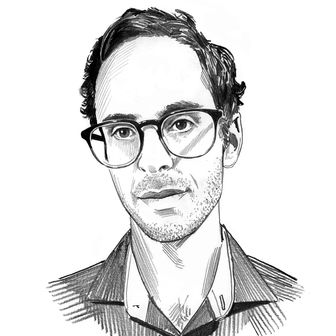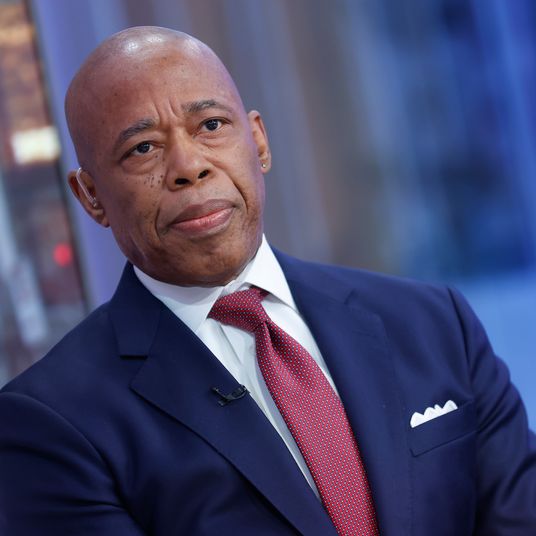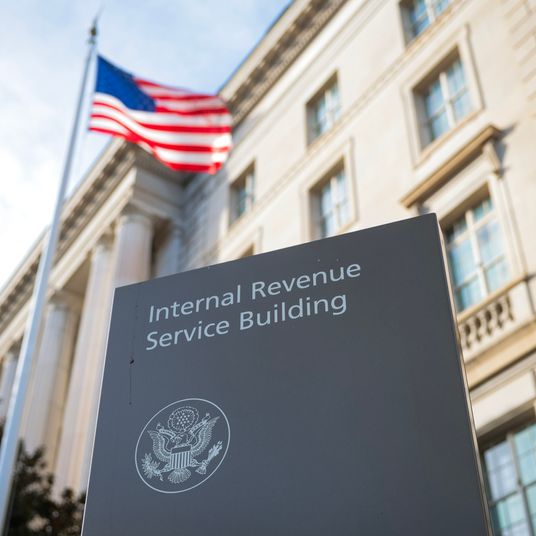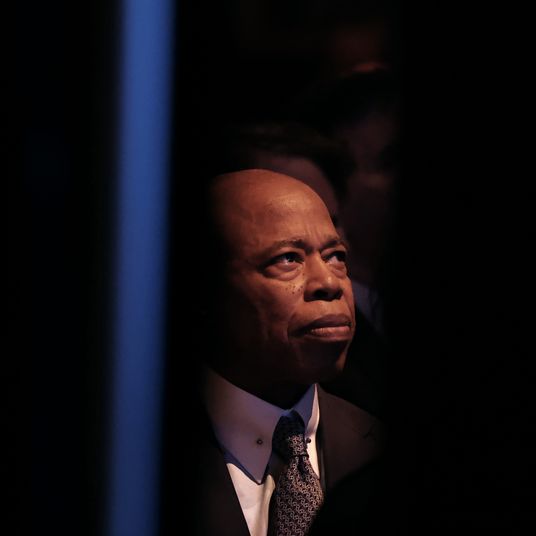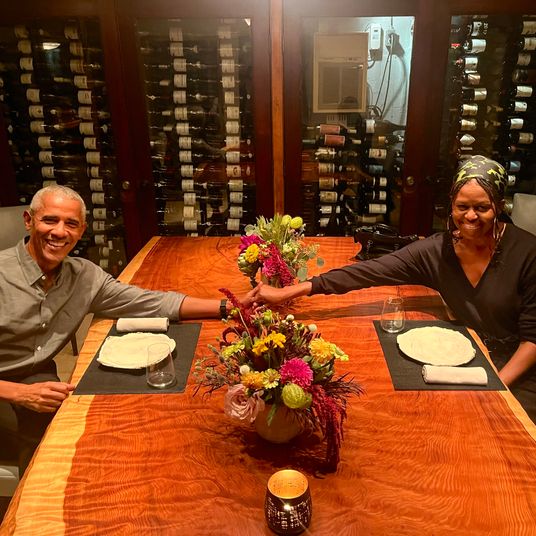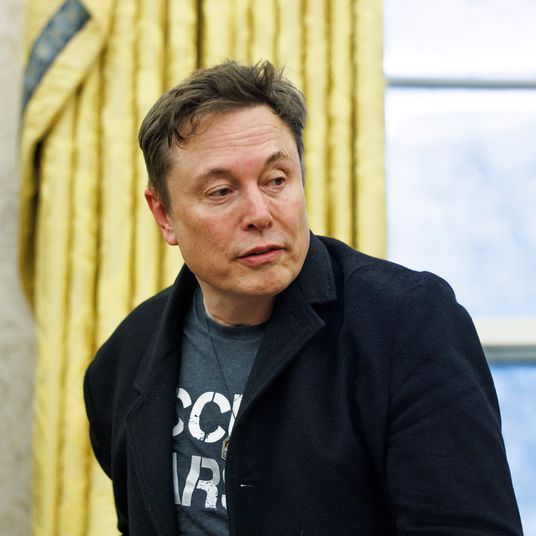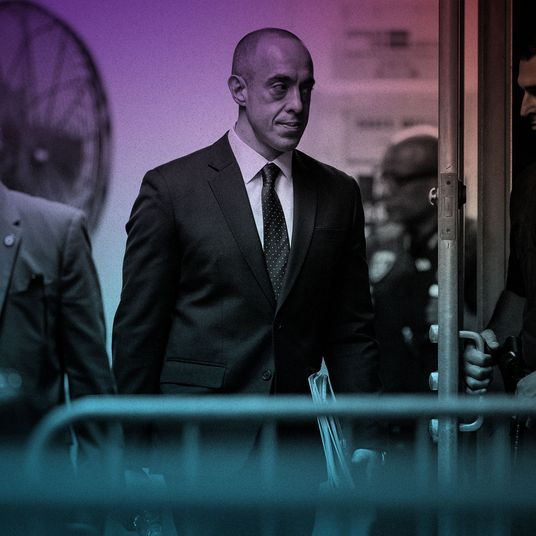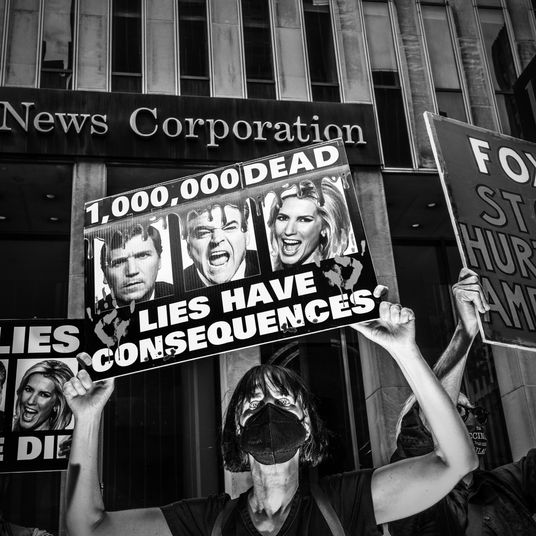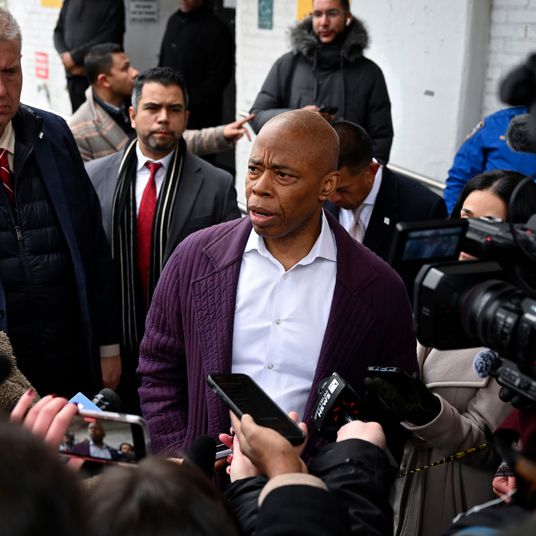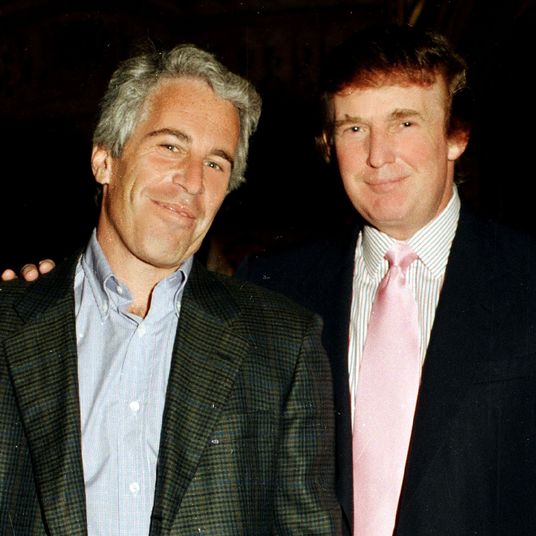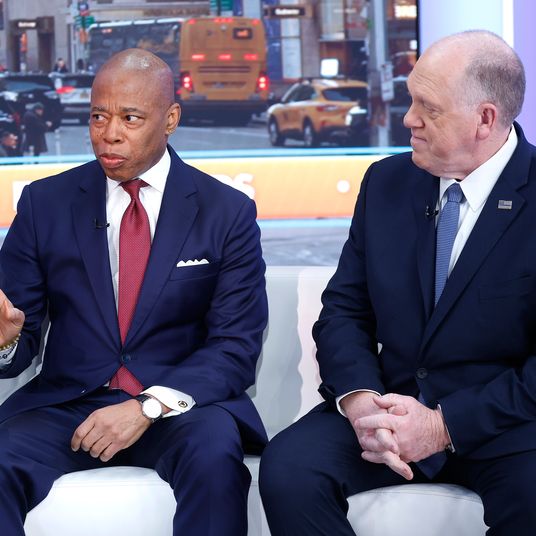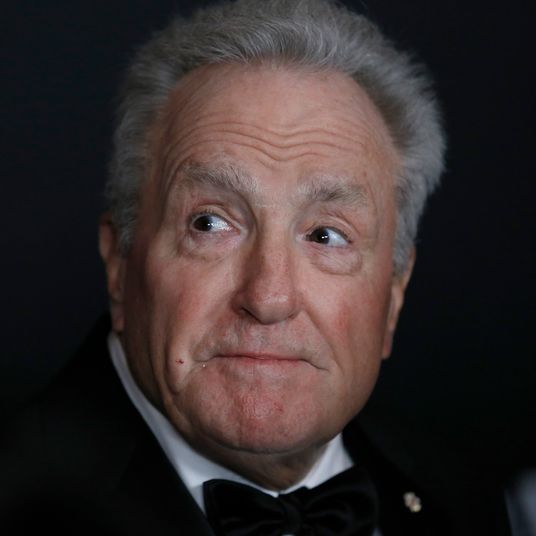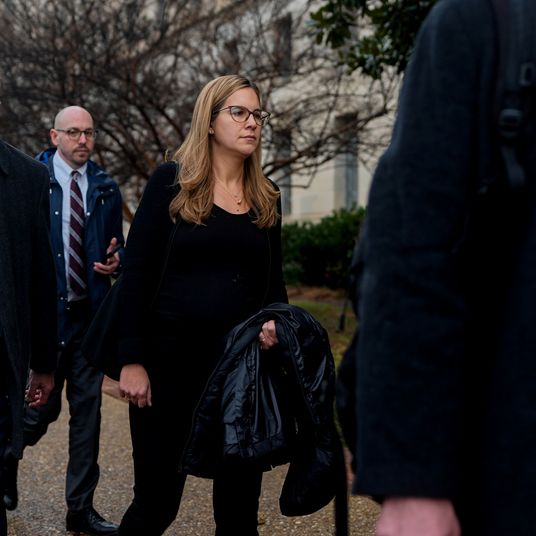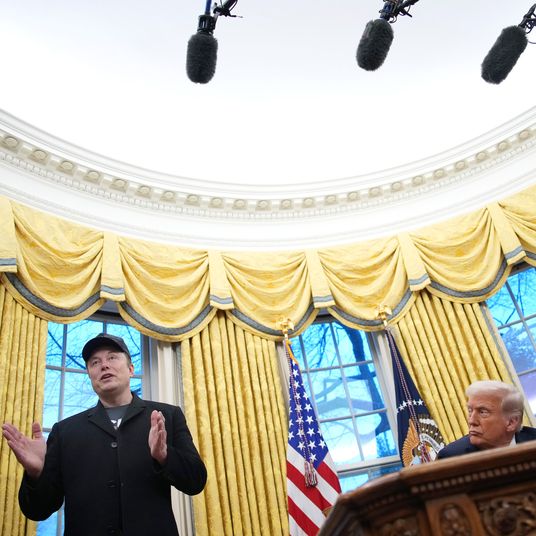
Last year, roughly 80,000 men and women were sexually assaulted in American prisons. In March, American-led air strikes allegedly killed more than 1,000 civilians in Iraq and Syria. On Tuesday, the U.S. Senate voted to continue enabling Saudi Arabia to block food aid from reaching the Gulf’s poorest country, an effort that has put thousands of Yemeni children at risk of starvation.
None of these developments dominated a news cycle; or inspired ubiquitous offerings of thoughts and prayers; or prompted widespread concern about the ways our political discourse generates such violent outcomes.
These facts colored the way many on the left saw this morning’s attack on a congressional Republican baseball practice. Shortly after news of the shooting broke, Vox’s Ezra Klein rued the intrusion of violence into politics.
This sentiment was … not universally endorsed.
These are worthwhile critiques of Klein’s exact phrasing: American politics often leads to violence (as does every other kind). And the argument Klein’s critics are making isn’t merely pedantic. Mainstream political discourse routinely downplays the violence that American policy makers produce and legitimate — even as our elected leaders condemn foreign children to fiery deaths on a regular basis. Our nation’s blindness to such violence is a crisis. Read literally, Klein’s tweet perpetuated that blindness.
However, Klein later clarified that his intention was not to deny the fact that policy-making is often a violent enterprise, but rather to argue that assassination attempts constitute a distinct kind of political violence — one that threatens our society’s very capacity to mediate domestic political disputes through nonviolent means.
That claim seems both true, and important to take seriously.
Of course, the capacity Klein alludes to has always been partial. And for much of our nation’s history, our political institutions actively undermined it. White supremacists did not settle their disputes with African-Americans in the Jim Crow South through the free exchange of ideas. The Cook County state’s attorney’s office did not work out its differences with the Black Panthers at a town-hall discussion. J. Edgar Hoover did not try to dissuade Martin Luther King from pursuing radical change through reasoned debate, but by encouraging the civil-rights leader to kill himself.
Earlier this month, a Democratic congressional candidate ended her campaign after being inundated with death threats. Shortly before that, a Republican candidate in Montana body-slammed his way out of answering a question about health-care policy.
What’s more, our political process is arguably mediated by violence in less direct but more pervasive ways. America’s unequal distributions of wealth, income, and economic opportunity were forged in no small part by violent expropriation. And those who lay claim to more of those resources tend to see their policy preferences advanced in Washington to a far greater degree than those who do not.
But the institutions of liberal democracy do not have to function perfectly — or adequately — to be worthy of defense. The American political order in 2017 is less violent than many that our nation and species have previously constructed to answer the question of who gets what. One reason for this is that our society maintains a strong stigma against political violence. And this morning’s shooting threatens to erode that stigma.
This fact does not make today’s attack more vile and dangerous than America’s complicity in the blockade of Yemen. But it does mean that the shooter didn’t just threaten the lives of his immediate targets; he also threatened the well-being of anyone who would fare worse under a system where brute force played a larger role in determining political outcomes.
Defending the interests of the most vulnerable requires highlighting the violence inherent in our system. But it also requires recognizing and defending the restrictions on violence inherent in it, too.


